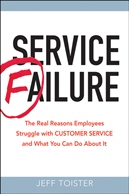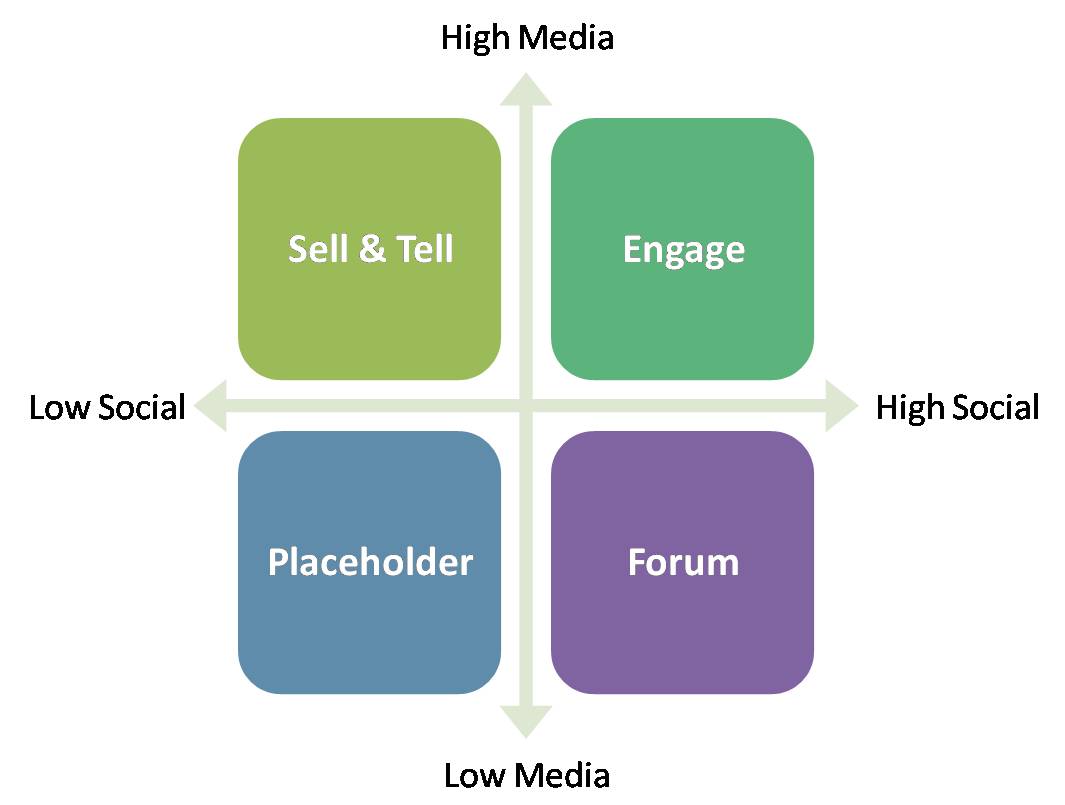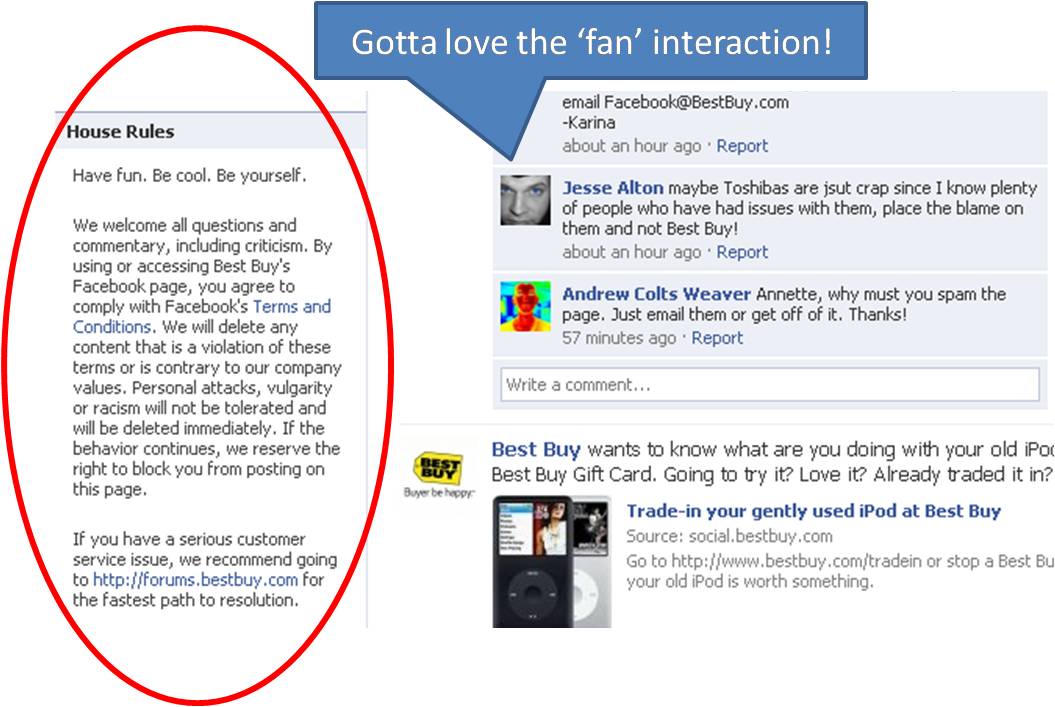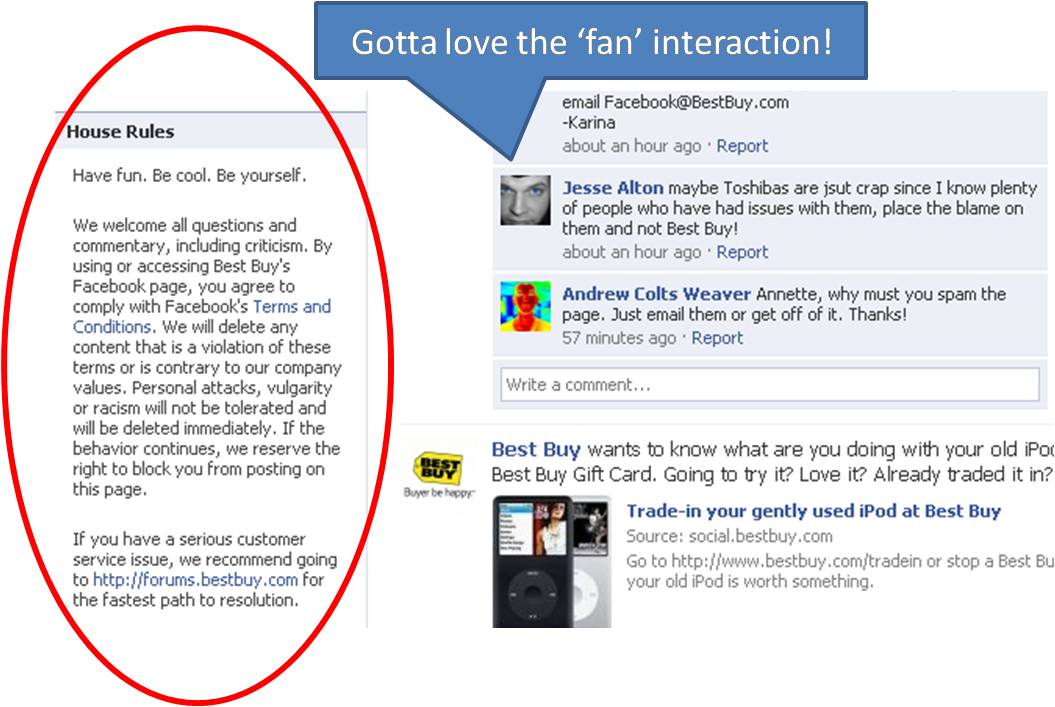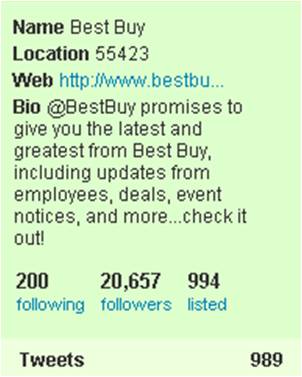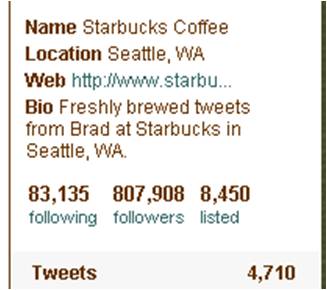Is it fair to take shots at a service when its free?
 Jeff Toister
Jeff Toister  Monday, July 26, 2010 at 3:40PM |
Monday, July 26, 2010 at 3:40PM | The American Customer Satisfaction Indexreleased its first-ever social media satisfaction scores last week, and Facebook has taken some heat for finishing with a 64% satisfaction rating. Traditional news outlets and social media sites such as Twitter were ablaze with commentary about Facebook's relative poor showing. (Interestingly, Twitter was not rated in the index.)
I understand the desire to rate companies when people are paying for their products and services, but what about companies like Facebook whose service is free? Shouldn't we expect less than amazing service since it's free? And, are we really customers since it's FREE? It strikes me as odd that Facebook faces so much criticism since, ahem, IT'S FREE!
OK, I guess there are a couple of sides to this.
On one hand, it's natural for us to expect a lot out of an organization as influential as Facebook. Certainly, they've taken notice of all this discussion and will work to improve their perceived level of service in the future as part of their growth strategy.
On the other hand, there should be a limit to what people expect from a free service. We're not forced to use Facebook. I even know several normal, well-adjusted people with active social lives who don't even have Facebook accounts! (Which reminds me, I don't know what they've been up to lately.)
Perhaps as a middle ground we should reserve the right to offer constructive criticism while tempering the amount of expectations we place on a free service. So, the next time you have a gripe about Facebook (or Gmail, Yahoo, or Twitter for that matter), just remember that you get what you pay for.



